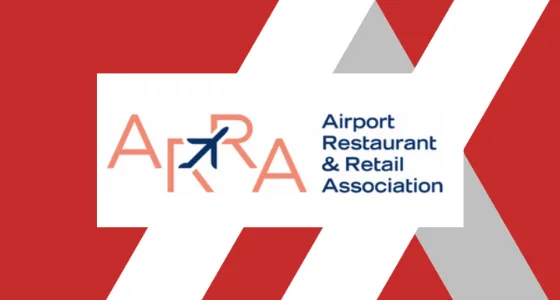After a $10 billion COVID-19 relief package passed last summer and a smaller $2 billion in supplemental money approved in December for airports, the industry is now turning its efforts toward funding for 2021.
“We’re expecting another round of coronavirus relief to be one of the first things up [in the new administration], followed by infrastructure, followed by a focus on environmental issues,” said Joel Bacon, executive vice president, government and public affairs, American Association of Airport Executives (ARRA). “I think those are the big three buckets we’re expecting to be front and center. We’re obviously going to have a stake in all of those, particularly the first two.”
Bacon spoke on Wednesday on the weekly industry call hosted by ARRA. Other guest speakers were Annie Russo, senior vice president, government and political affairs, Airports Council International – North America (ACI-NA), and Sam Whitehorn, co-founder and principal, Elevate Government Affairs. Whitehorn serves as ARRA’s Washington D.C. representative.
Russo said statements made by President-elect Joe Biden are encouraging for the industry. “He says [an additional stimulus package] is his priority, saying that this last package was simply a down payment,” she said. She noted the upheaval in Washington D.C. – during the call Wednesday rioters had overwhelmed police and seized the Capitol building – and said there are still questions about how and if members of Congress will work together in the future.
Bacon agreed, noting that “hopefully elected officials will reel from this and devote themselves to trying to find consensus and moving away forward.”
Bacon said the Georgia election results, which will mean Democrats take control of the Senate, were important in terms of giving president-elect Biden a pathway to push forward on his priorities and nominations. “Those are critically important to have Democrats in charge, and it does make the path forward for a relief package a little easier, but make no mistake about it. It’s going to be difficult under whatever circumstances emerge to get something across the finish line,” he said. “I do think there’s a recognition of the importance of aviation of the importance of continued assistance to the aviation community.”
Whitehorn said the environment will still be challenging. “I’m going to go with the hope that we’re going to be able to get some things done in this next Congress,” he said. “But just because the Democrats have all three branches of government does not mean anything is a slam dunk. It’s not a slam dunk unless you have all three and you’ve got 62 senators in your pocket – beyond that everything is going to get negotiated and everything is going to take hard work to demonstrate the need.”
The three call participants recalled the intense negotiations preceding the latest stimulus measure. Airports at one point were slated to get much more money, but last-minute switches that pulled money from airports into highways. “We were left at scrambling at the 11th hour on this to save some of the money and we scrambled quickly and effectively and got at least a piece of it back,” Bacon said.
The speakers noted that many other industries weren’t so fortunate. Whitehorn said that the fact that national elected officials routinely travel by air between their home states and Washington D.C. helps the cause. “I can’t tell you how important it is for the members to walk through an airport, to walk through and see security systems to understand what these enormously complex entities are.”
Russo agreed, also praised the “power of the grassroots,” noting that the engagement from airport executives and concessionaires with their elected representatives goes a long way in paving the way for success.
Separately on the call, aviation industry consultant Andrew Weddig recapped the recent holiday period, sharing some optimism due to the fact that the Transportation Security Administration screened 1.3 million people on January 3, the highest level since March 15, 2020. Weddig said holiday travel overall was at about 44 percent of last year’s levels, a figure that “represents a glimmer of hope.”
He noted that “many industry observers agree full recovery of 2019 levels is three to four years away,” but said that “TSA anticipates daily travel volumes will continue to rise steadily and follow seasonal patterns.”







